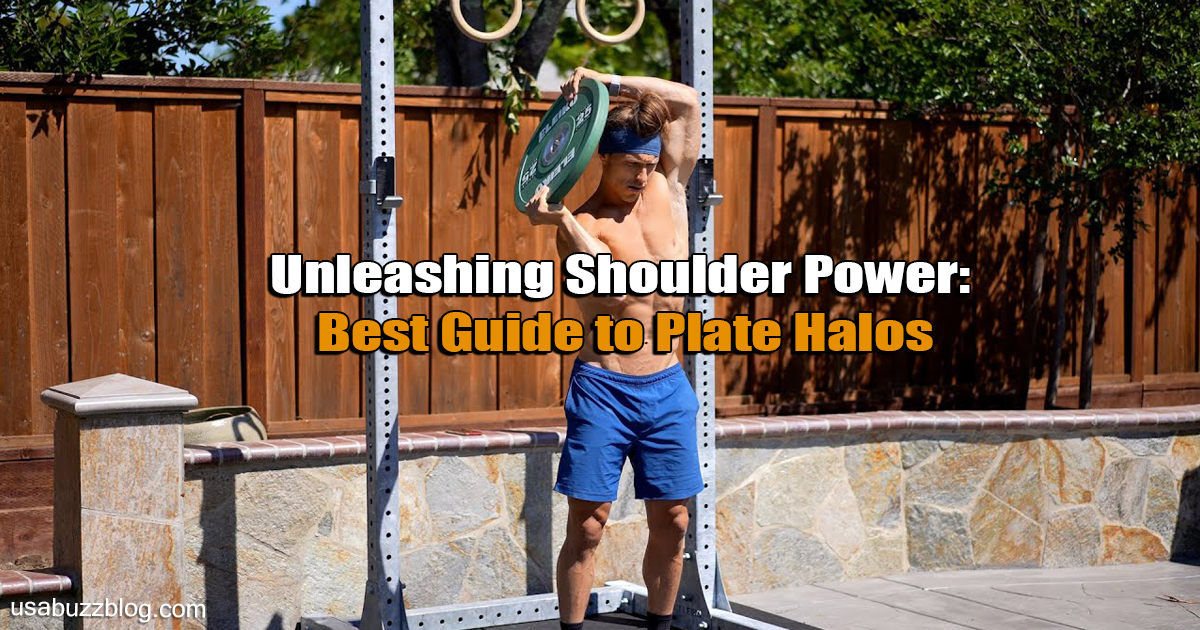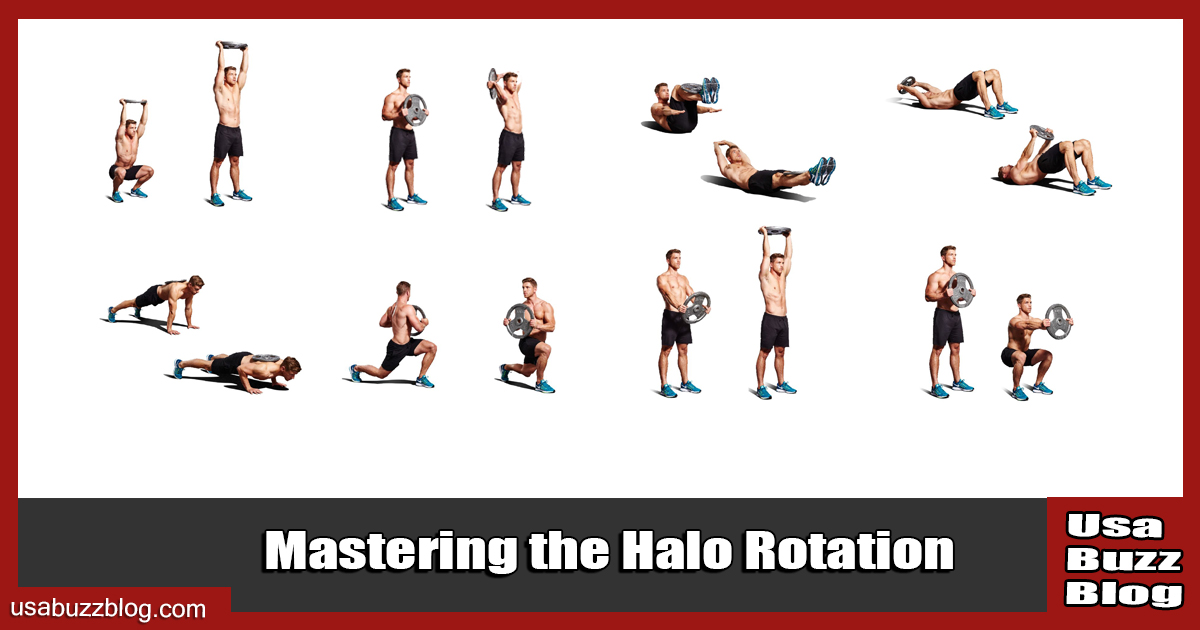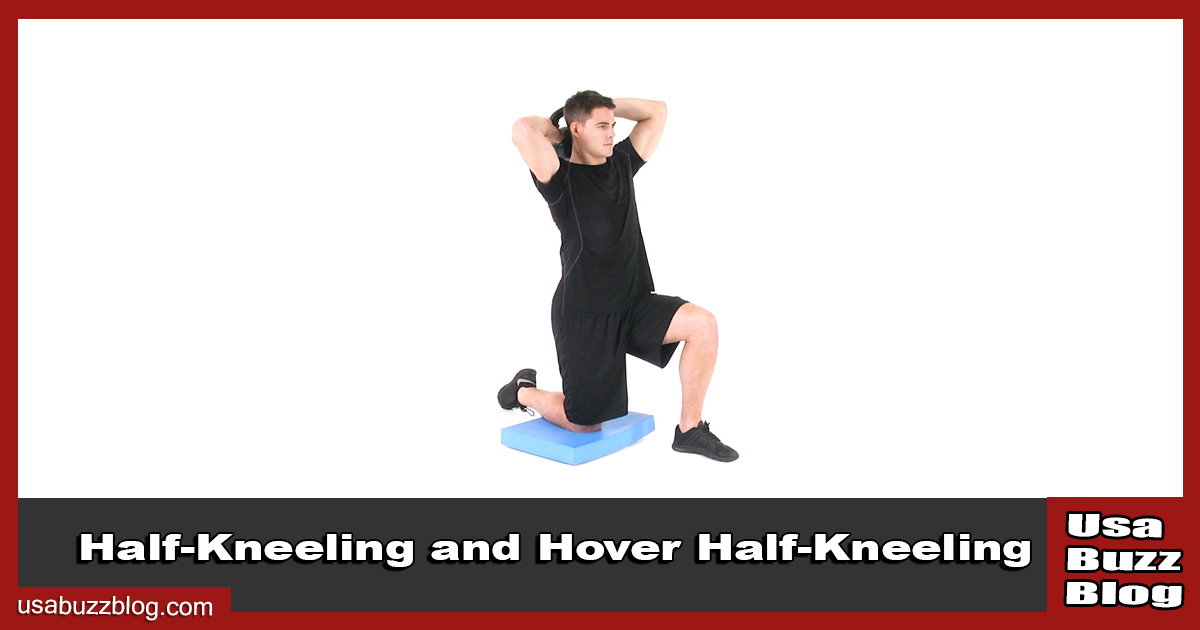
Table of Contents
Best Guide to Plate Halos
Building well-rounded shoulders that not only look impressive but also feel strong is achievable with a versatile exercise – the Halo Rotation. This do-it-all move serves as a time-efficient upper-body warm-up drill, a targeted shoulder workout, and a minimal-equipment conditioning option, all with just one weight plate. Whether you’re a seasoned fitness enthusiast or a beginner looking to enhance your shoulder game, the Halo Rotation is the exercise you need to add to your routine.
Mastering the Halo Rotation: Standing

Let’s start with the basic standing variation of the Halo Rotation. Here’s a step-by-step guide to ensure you perform this exercise with precision:
Plate Positioning: Hold an Olympic-sized plate with your hands at 3 and 9 o’clock, keeping your arms bent at stomach height.
Elevation: Begin the rotation by leading with one elbow, elevating the plate so that your forearm barely grazes the top of your head.
Behind the Head: As the plate reaches the top, bring the other elbow up, positioning the plate behind your head with both arms bent. This not only opens the shoulders into flexion but also stretches the lats and triceps.
Mind Your Posture: Avoid excessive arching of the lower back and try to keep the ribs stacked over the pelvis for proper form.
Continuous Motion: Return the plate to the starting position, allowing the opposite forearm to move over your head. Visualize “framing” your head with your elbows, and focus on performing the halo in a smooth, continuous motion.
To target your shoulders effectively, keep your hips stationary during the rotation. This helps place more tension on the deltoids, making you strongest in this position. For those aiming for longer-duration sets or a conditioning intent, allow your feet and hips to pivot and rotate naturally, resembling a corkscrew motion as the plate revolves around you.
While some prefer using a kettlebell for this exercise, the plate offers distinct advantages. Its larger diameter provides more space to clear your head compared to the narrow grip of a kettlebell’s horns, making the halo pattern more accessible for most and less clunky overall.
Advanced Variations: Half-Kneeling and Hover Half-Kneeling

As you progress in your fitness journey, consider incorporating advanced variations of the Halo Rotation for added challenge and benefits.
Half-Kneeling: This variation involves bending both legs to 90 degrees in a split squat position. Crush the glute of the down knee, and tuck the back foot of the trailing leg for stability. Lead with the right elbow if the right knee is down, emphasizing an extra stretch on the same-side hip and lat during the movement.
Hover Half-Kneeling: Raise your down knee so that it hovers one or two inches above the ground. While this variation may require less weight, the challenge to core stability is heightened. Focus on creating full-body tension as the plate encircles you.
These advanced variations are particularly beneficial if you have trouble establishing a stable pelvis position and wish to intensify the challenge to your mobility and stability.
Strategic Programming for Optimal Results
To maximize the benefits of Plate Halos, it’s crucial to incorporate them strategically into your training routine. Here’s a guide on how to program these rotations for various fitness goals:
Warm-up and Accessory Move
Warm-up: Perform 10-20 reps per side as part of your upper-body warm-up routine. The dynamic nature of the Halo Rotation prepares your shoulder girdle for more intense movements.
Accessory Move: End your workout with Plate Halos to target your shoulders specifically. Aim for 15-30 reps per side or perform 30-60 seconds of continuous work. Both approaches leave your shoulder girdle feeling pumped and resilient.
Shoulder-Focused Finisher Circuit
Incorporate Plate Halos into a dedicated finisher circuit to cap off your shoulder workout with an extra burn:
- Plate Halo, Left Side: 2-4 sets, 15-20 reps
- Rear Delt Raise: 2-4 sets, 20-25 reps
- Plate Halo, Right Side: 2-4 sets, 15-20 reps
- Seated Lateral Raise: 2-4 sets, 20-25 reps, with 45-60 seconds of rest between sets
This circuit targets different aspects of your shoulder muscles, ensuring a comprehensive workout. Perform 2-4 rounds with a rest period of 45-60 seconds between sets.
Halos for Conditioning
Take advantage of the metabolic effect of Halos for upper-body-focused conditioning:
- Plate Halo: 3-4 sets, 60 seconds per side
- Air Bike, Rower, or Jog: 3-4 sets, 60 seconds
- Farmers Walk: 3-4 sets, 60 seconds, with a rest period of 60-90 seconds between sets
Perform this conditioning circuit at a repeatable pace. Rest for 60-90 seconds and repeat for 3 to 4 rounds, enhancing your cardiovascular endurance while targeting your shoulders.
Incorporate these strategic programming tips, and let the Plate Halos elevate your shoulder workout to new heights. Whether you’re aiming for strength, aesthetics, or conditioning, this all-encompassing exercise has you covered. Strengthen and sculpt your shoulders with the Halo Rotation – your path to well-rounded and powerful deltoids.
More Interesting Perks:
Decoding Intelligence: 11 Signs You Might Be Less Smart Than You Think

Anwar Hussain
As an Architectural and Interior 3D Visualization Expert, I spend my days crafting stunning visuals that showcase the potential of design. But my passion for storytelling extends beyond the screen. At usabuzzblog.com, I leverage my design expertise to provide insightful and engaging content on Technology, Health & Fitness, Travel, News, Architecture, interior design, and the broader creative landscape. Join me as I explore the latest trends, share design tips, and unveil the stories behind the spaces we inhabit.



